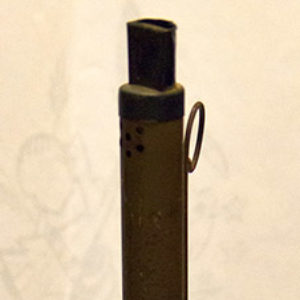 Bazooka
Bazooka
Time Period: Early Twentieth Century (1901 - 1940)
 Bazooka
Bazooka
Bazooka [Musical Instrument]
 Beach Scene
Beach Scene
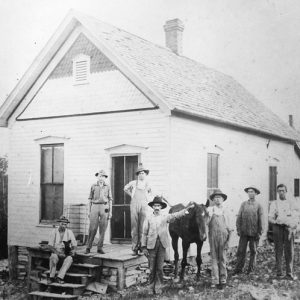 Bear Drugstore
Bear Drugstore
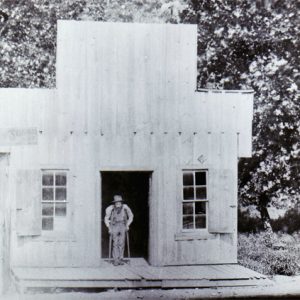 Bear Post Office
Bear Post Office
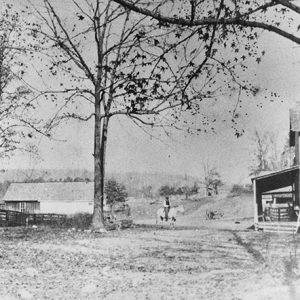 Bear Home and Hotel
Bear Home and Hotel
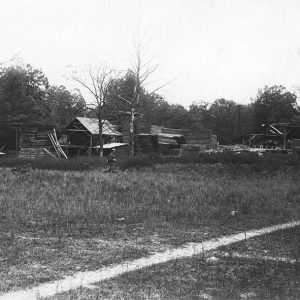 Bear Lumber Yard
Bear Lumber Yard
Beard v. State (1906)
Bearden Waterworks
 Bearden Waterworks
Bearden Waterworks
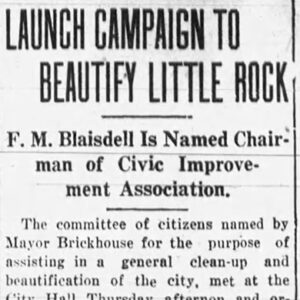 Beautify Little Rock Committee
Beautify Little Rock Committee
 Beauvoir College Students
Beauvoir College Students
Beauvoir College
 Beaver General Store
Beaver General Store
 Beebe Colored School Brochure
Beebe Colored School Brochure
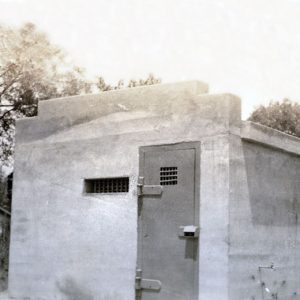 Beebe Jail
Beebe Jail
Beebe Jail
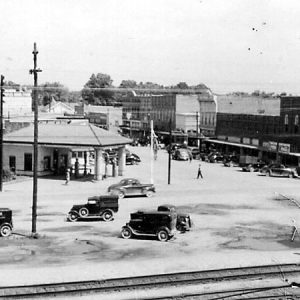 Beebe Street Scene
Beebe Street Scene
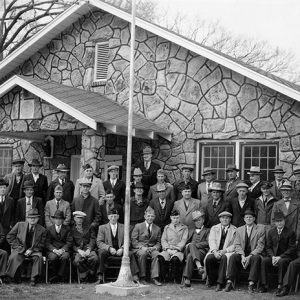 Beely-Johnson American Legion Members
Beely-Johnson American Legion Members
Beely-Johnson Post 139 American Legion Hut
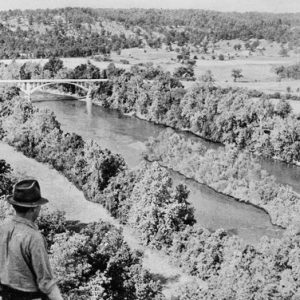 Before Norfork Lake
Before Norfork Lake
 Behind Enemy Lines
Behind Enemy Lines
Bell and Swain v. State
aka: Elbert Thomas (Reported Lynching of)
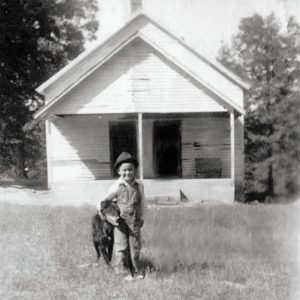 Bell Grove School
Bell Grove School
 Bella Vista
Bella Vista
 Bella Vista Plan
Bella Vista Plan
Bella Vista Water Tank
Bellaire Court Historic District
 Belle Point Hospital
Belle Point Hospital
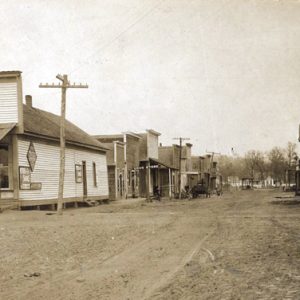 Belleville Street Scene
Belleville Street Scene
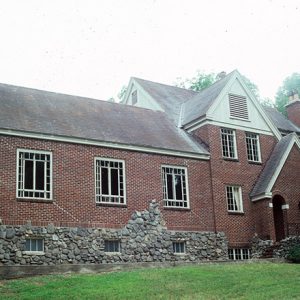 Bellingrath House
Bellingrath House
Bellingrath House
Belmont (Pulaski County)
Belmont Missionary Baptist Church and Cemetery
 Belotti Vineyards
Belotti Vineyards
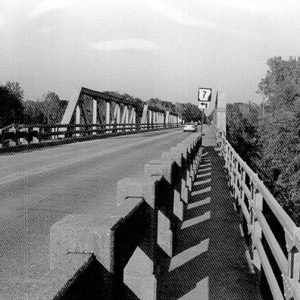 Ben Laney Bridge
Ben Laney Bridge
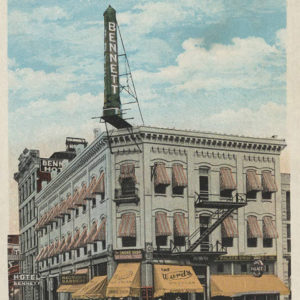 Bennett Hotel
Bennett Hotel
Bennett House
Bennett, Henry Garland
 Edwin Bentley House
Edwin Bentley House
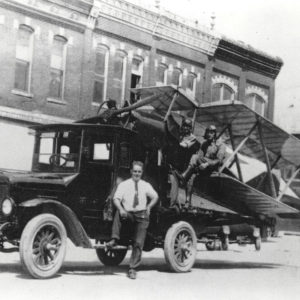 Benton Airplane
Benton Airplane
 Benton City Jail
Benton City Jail
 Benton County Courthouse
Benton County Courthouse
Benton County Courthouse
 Benton Street Scene
Benton Street Scene
Benton, Thomas Hart
 Thomas Hart Benton and Daughter
Thomas Hart Benton and Daughter
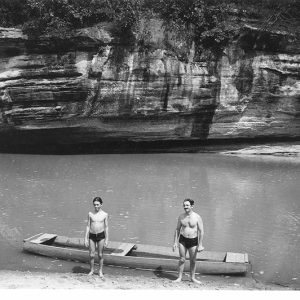 Thomas Hart Benton and Son
Thomas Hart Benton and Son
 Thomas Hart Benton
Thomas Hart Benton
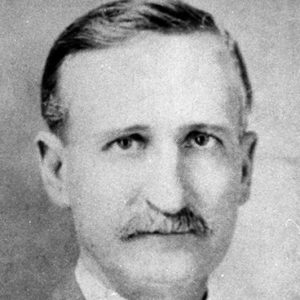 William Clark Benton
William Clark Benton




